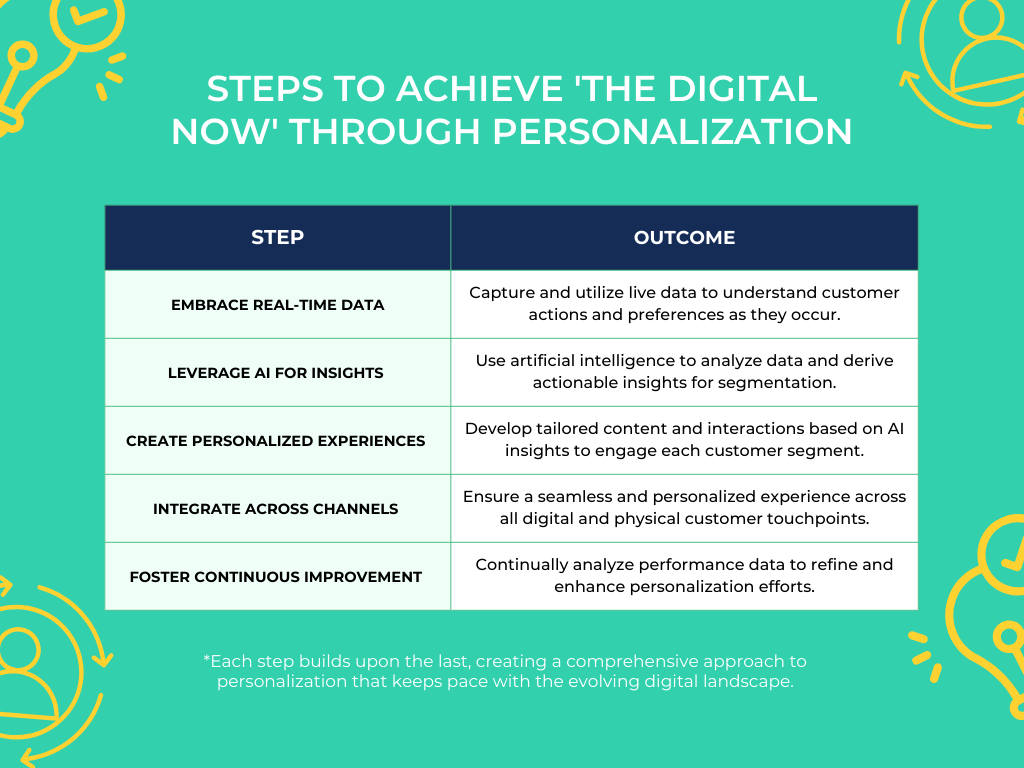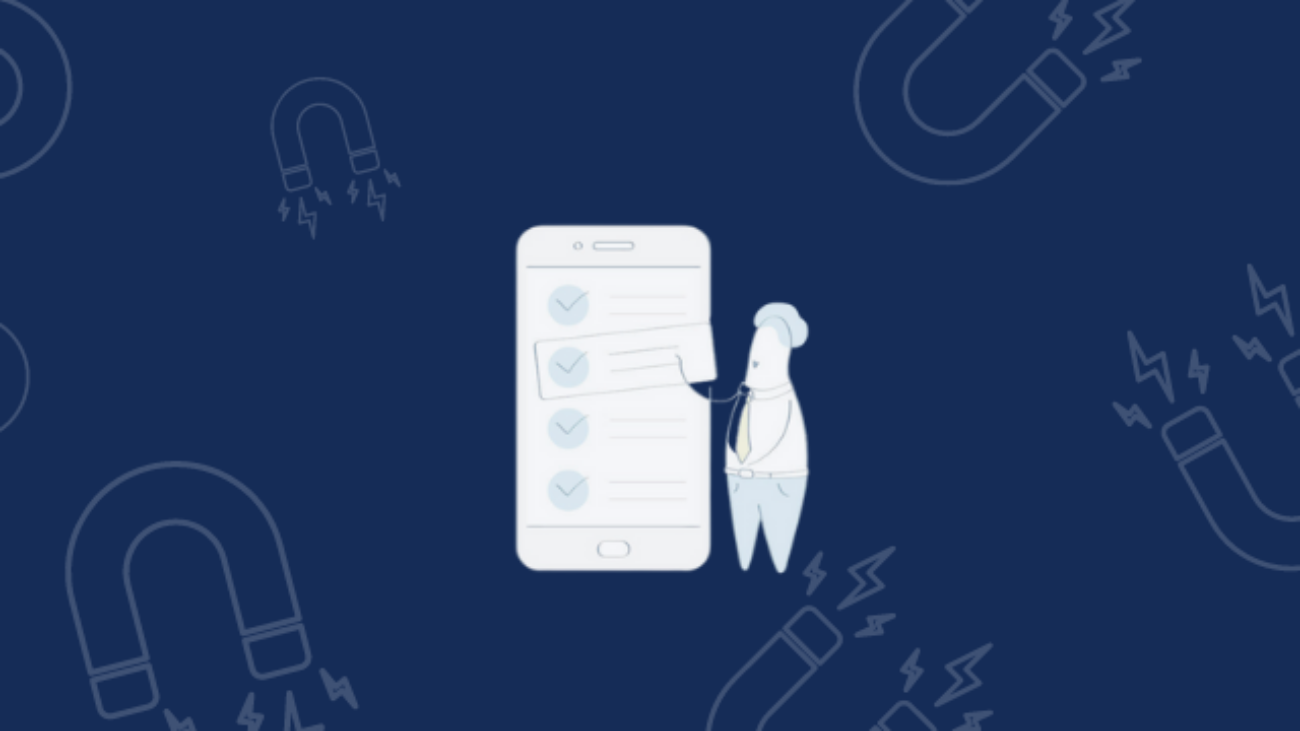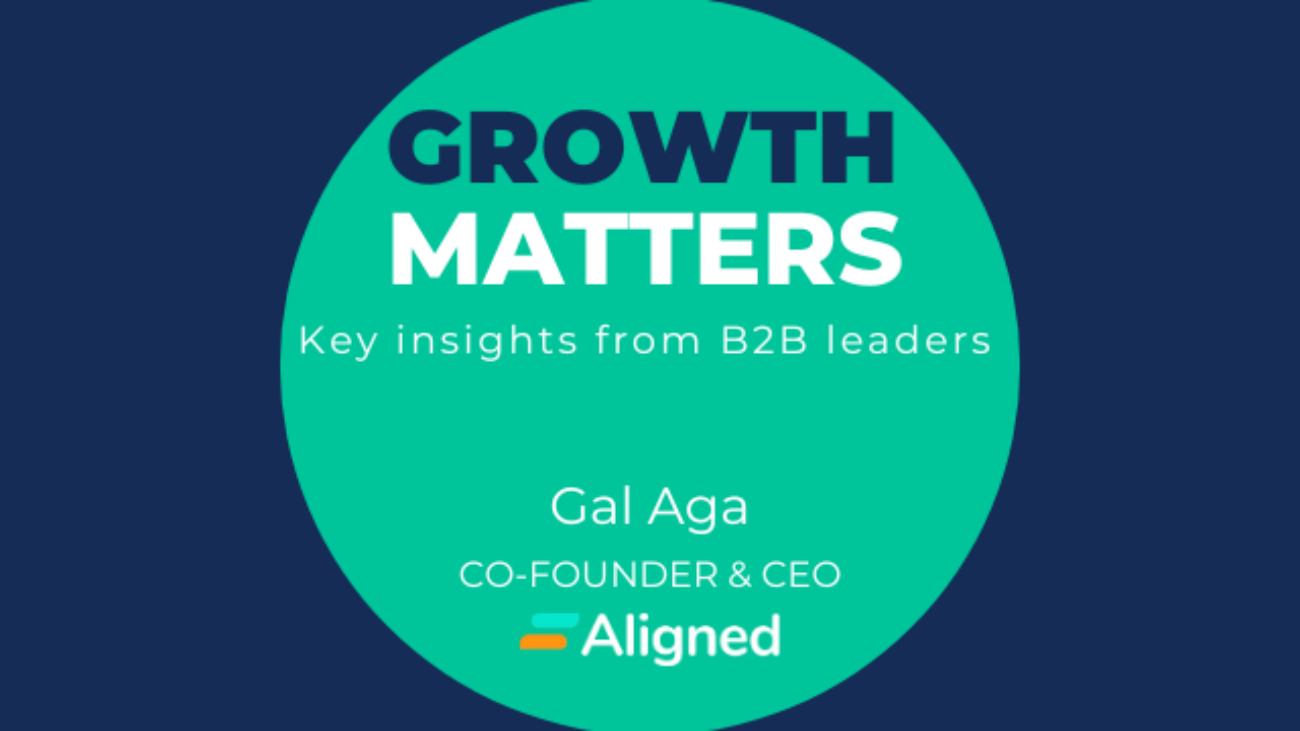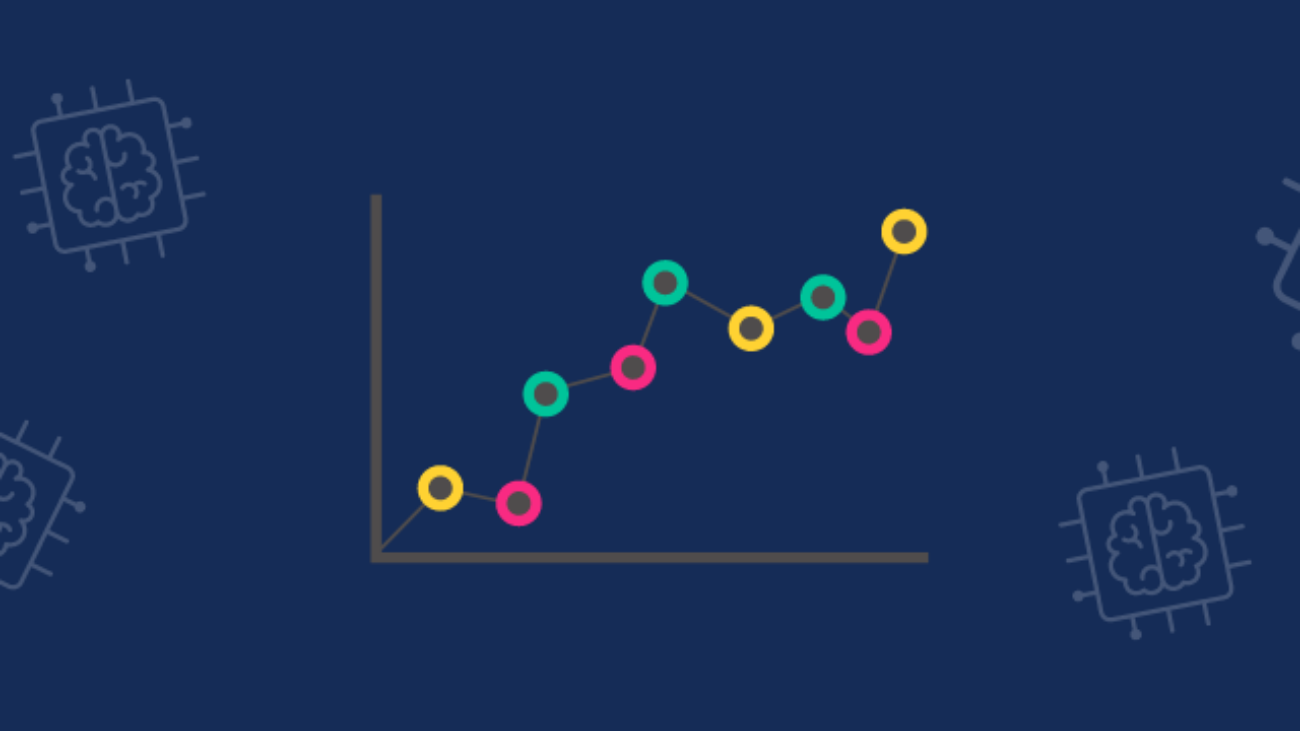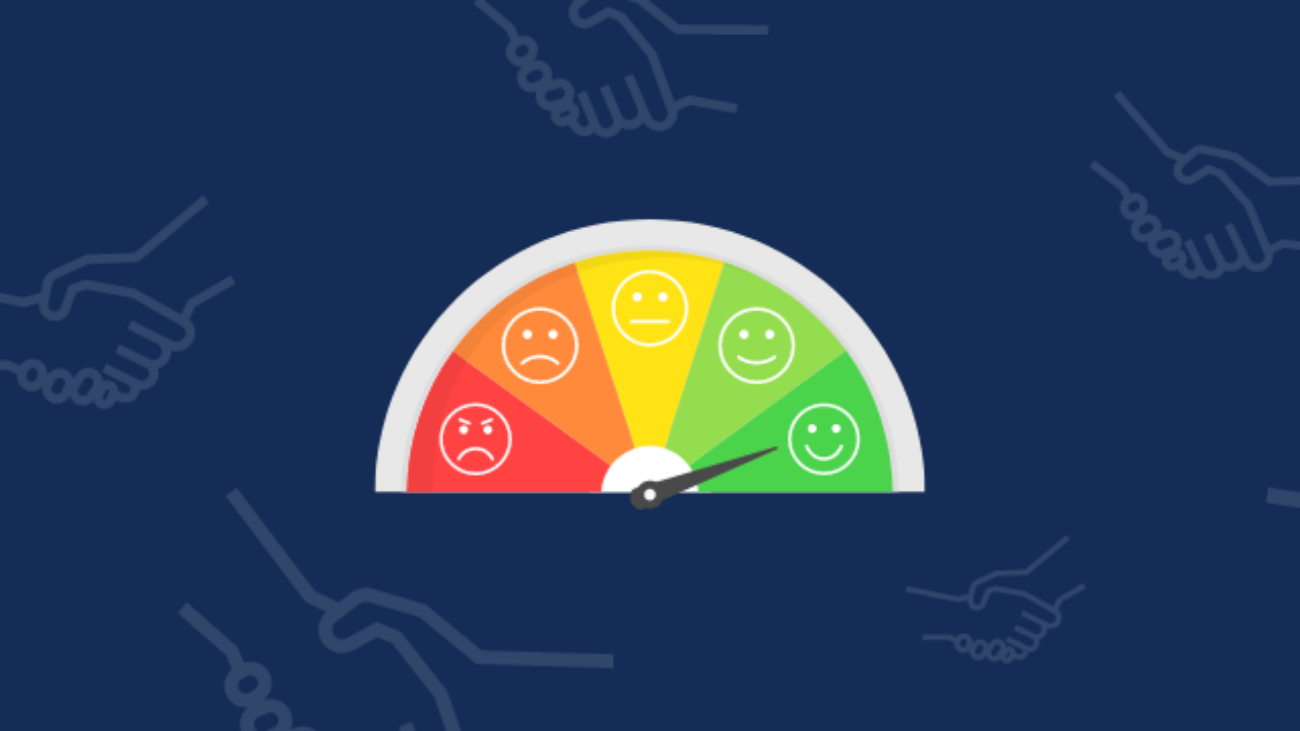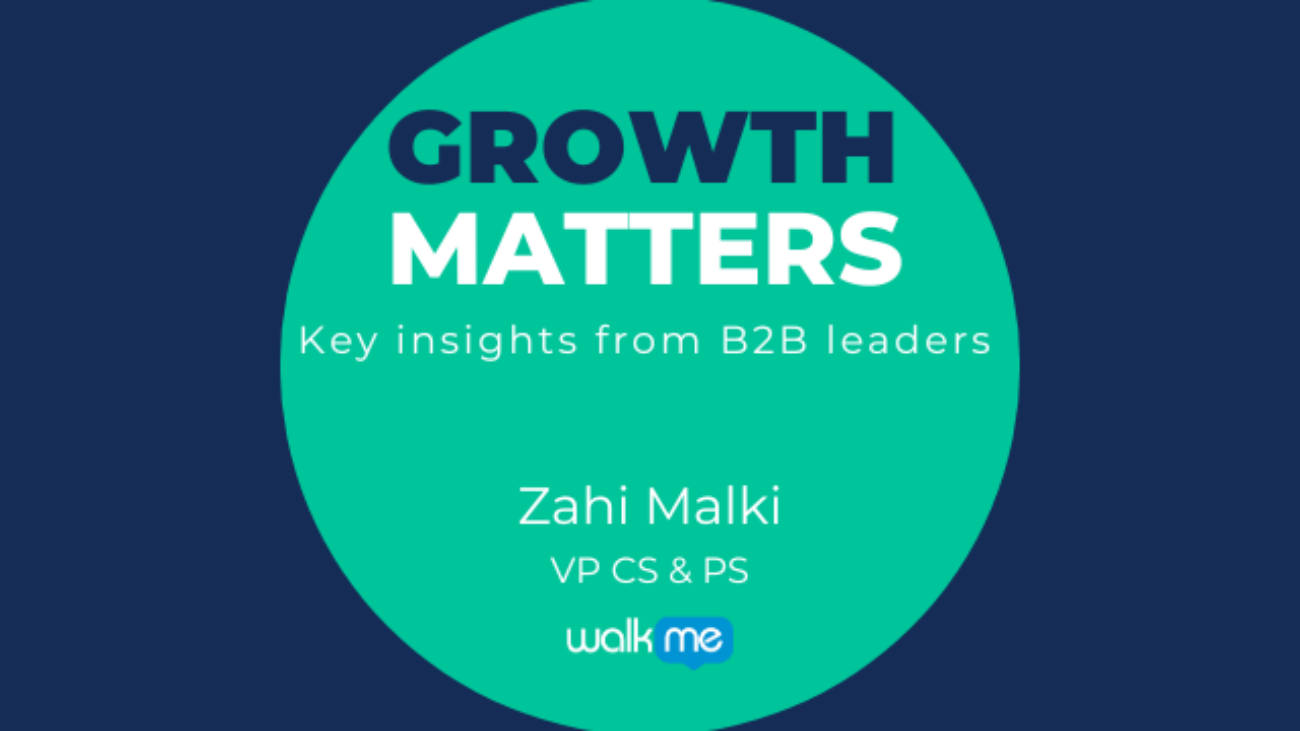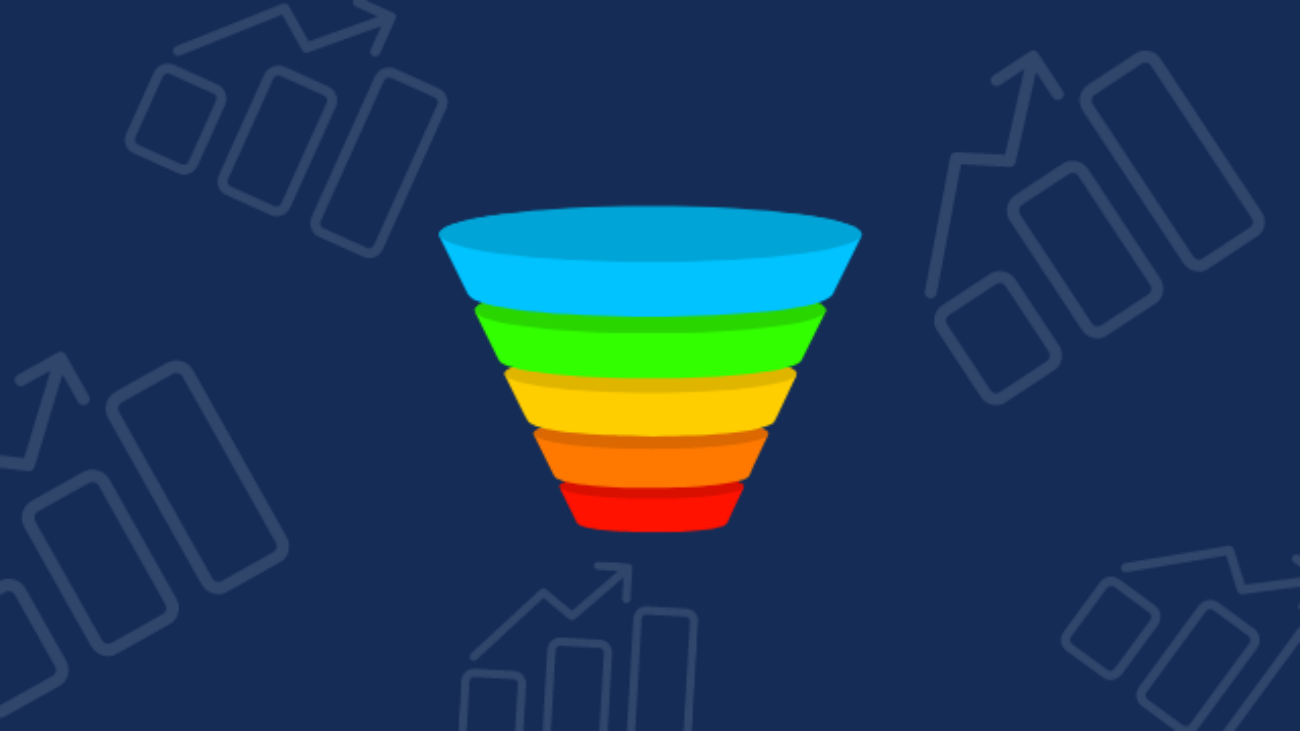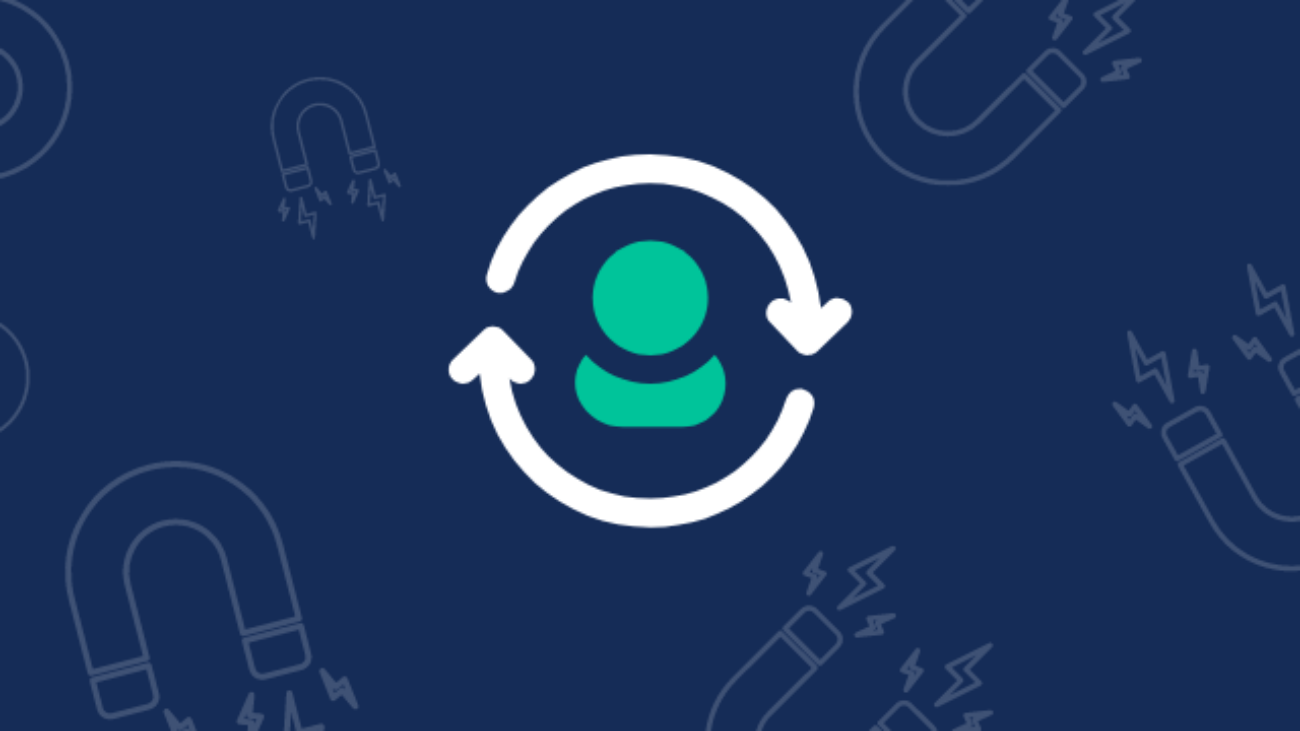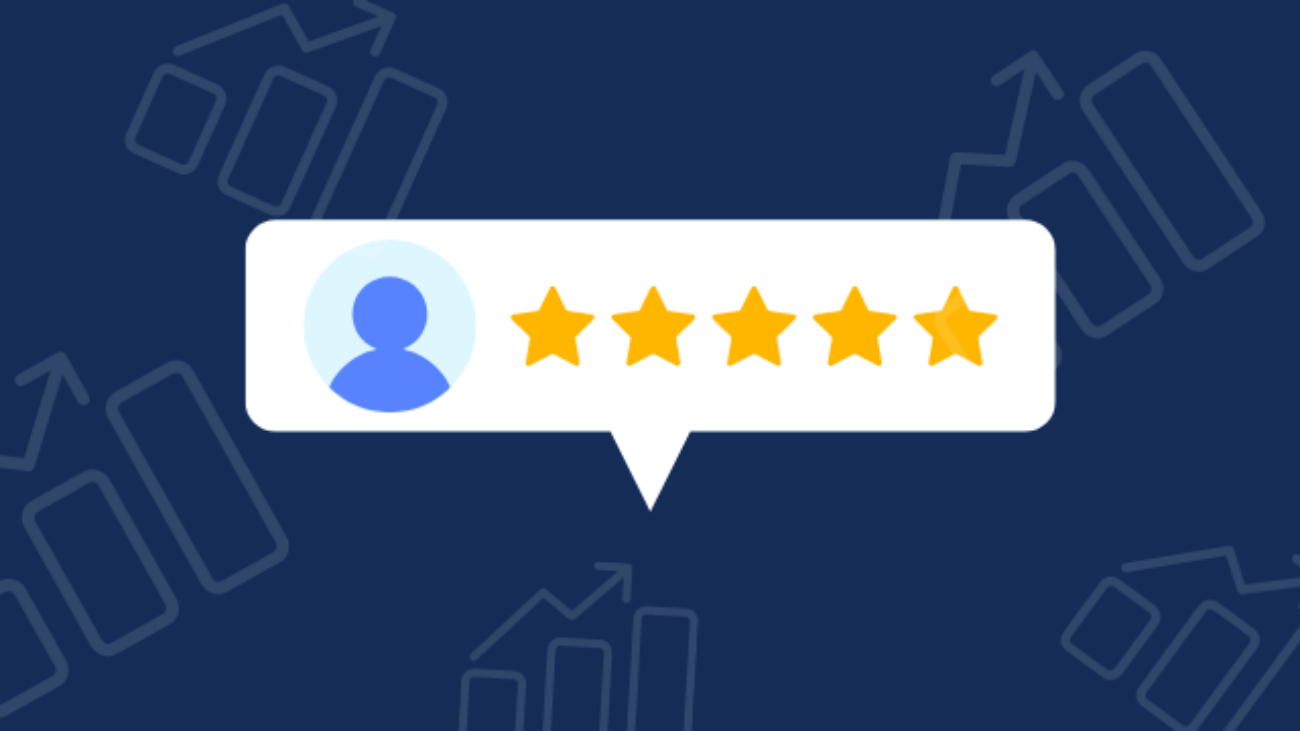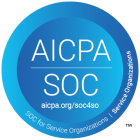In an age of constant innovation and fierce competitiveness, companies invest major resources to gain even the slightest advantage.
That’s why we started the Growth Matters series of interviews, where experienced industry leaders share key insights everyone should know in the domains of revenue, customer success, sales, and product.
In this installment, we have Zahi Malki, who’s been in the tech industry for over 20 years, and VP of Customer Success & Professional Service at WalkMe for the last (almost) 4 years.
Check out his thoughts on the role, challenges, and responsibilities of the modern CSM.
You’ve been in the customer success game for a long time! How has the role of the CSM changed over the years?
Over the past 10 years, the role of the Customer Success Manager (CSM) has undergone significant changes. It evolved from a reactive, support-focused function to a more proactive, revenue-generating one. Today’s CSMs are expected to drive adoption, upsell and cross-sell, and build strong relationships with customers.
In the past, the CSM was primarily responsible for ensuring customer satisfaction and reducing churn. However, today’s CSMs have a much broader mandate that encompasses the entire customer lifecycle.
One major change has been the increased focus on revenue generation. CSMs now play a critical role in driving upsells, cross-sells, and renewals. They work closely with the sales team to identify opportunities for growth and with the product team to ensure that customer feedback is incorporated into product development.
Another important shift has been the increased use of data and analytics. CSMs are now expected to have a deep understanding of customer behavior and to use this knowledge to proactively identify and address potential issues. They use data to track customer engagement, measure success metrics, and develop targeted outreach programs.
In addition, the role of the CSM has become more strategic. CSMs are now providing insights into the customer experience and helping to shape the company’s overall strategy. They work closely with senior leaders to develop customer-centric initiatives and to ensure that the company is delivering on its promises to its customers.
What are some industry trends, when it comes to technology, that you’re excited about?
One industry trend that’s particularly exciting is the increased use of artificial intelligence (AI) and machine learning (ML) to improve customer experiences. With these technologies, companies can analyze customer data and behavior to gain insights into their needs and preferences, predict potential issues before they occur, and provide personalized support and recommendations.
Additionally, the use of chatbots and other automated tools can help provide quick and efficient support to customers, freeing up human agents to focus on more complex issues. Overall, the adoption of these technologies is expected to lead to better customer satisfaction and retention rates, as well as increased efficiency and cost savings for companies
What KPIs do you measure your team with and why did you choose these in particular?
The KPIs for measuring customer success teams can vary depending on the company’s goals and priorities.
Some of the most commonly used key performance indicators (KPIs) in the customer success world are customer retention rate, customer satisfaction score, net promoter score, NDR, and churn rate.
They are widely recognized as important indicators of CS, and they provide valuable insights into the health of the customer relationship.
Customer retention rate, for example, measures the percentage of customers who continue to do business with a company over a certain period of time and can be used to gauge the effectiveness of a company’s customer success efforts.
Customer satisfaction score and net promoter score are both measures of customer satisfaction and loyalty and can provide valuable feedback on areas for improvement. Finally, churn rate measures the percentage of customers who stop doing business with a company over a certain period of time, and can be used to identify areas where customer success efforts may need to be improved. By tracking these KPIs, companies can better understand how well they are meeting customer needs and identify opportunities for improvement
What are some common challenges that your team faces when working with enterprise customers, and how do you overcome them?
Working with enterprise customers in the customer success world can be challenging, as there are several factors to consider, including communication, alignment of goals, and handling complex customer needs.
One of the biggest challenges is communication, as enterprise customers often have multiple stakeholders and decision-makers. Effective communication is key to understanding the customer’s needs and expectations, as well as ensuring that everyone is on the same page.
To overcome this, customer success managers should establish regular touch-points with customers, develop clear communication channels, and make sure that all parties involved are aware of the project’s progress.
Another challenge is aligning goals between the customer and the vendor. Enterprise customers often have complex needs and may require customized solutions, which can make it difficult to align goals. To overcome this challenge, customer success managers should work closely with the customer to understand their needs, establish clear expectations, and create a plan that aligns with the customer’s goals.
Lastly, to overcome the customized solutions challenge, CSMs need to dig deep into understanding the customer’s needs, collaborate with product and engineering teams to develop customized solutions, and provide ongoing support to ensure that the customer is satisfied.
Overall, customer success managers should prioritize effective communication, alignment of goals, and flexibility to handle complex challenges.
As VP CS, which other departments do you work most closely with and how do you manage the cross-department alignment?
As VP of CS, it’s important to work closely with sales & presale, marketing, professional services, support, finance, and product development teams, to ensure cross-department alignment and collaboration.
The most important cross-department alignment for CS is between the product teams, presale, and support teams. This alignment is critical for ensuring that customers have a seamless and positive experience throughout their journey with a company.
Establishing open and clear communication channels between these teams can be achieved with regular meetings, shared documentation, and various collaboration tools.
Additionally, avoid conflicts and misunderstandings by figuring out clear roles and responsibilities for each team, so that everyone understands how they fit into the overall customer success strategy.
Overall, fostering strong alignment between companies can ensure that they are providing the best possible customer experience, which is critical to driving long-term success and growth.
How do you prioritize different accounts? Is it just a matter of focusing on the biggest fish?
Prioritizing accounts is not just about focusing on the biggest customers. It’s important to consider factors such as customer value, growth potential, strategic fit, and resource availability.
Prioritizing the right accounts is crucial to ensure that resources and efforts are utilized efficiently to achieve the best outcomes.
Customer success teams typically consider several factors such as the revenue potential of the account, the level of engagement, the customer’s needs and goals, the complexity of the customer’s business, and their overall fit with the company’s product or service.
Customer success teams typically provide different levels of support based on the type of customer (segmentation). For instance, premium or high-value customers may receive more personalized attention and dedicated support, while lower-tier customers may receive more self-service or automated support.
To ensure that all customers have the best experience, regardless of their payment level, customer success teams may focus on providing consistent communication, clear and concise documentation, and easy-to-use tools and resources. They may also offer training programs and educational resources to help customers maximize the value of the product or service.
Ultimately, CS teams strive to build long-term relationships with customers and help them achieve their desired outcomes, while also driving business growth for their company.
What are some major misconceptions you see about the role of customer success?
One major misconception about the role of customer success is that it is solely responsible for customer satisfaction and retention. While customer success teams do play a crucial role in these areas, it is important to recognize that every department and individual within a company contributes to the customer experience.
This misconception may have arisen due to the increased emphasis on customer-centricity in recent years, which has led to a greater focus on customer success as a discipline. However, it is important to remember that customer success is a collaborative effort that involves everyone from product and engineering to sales and marketing.
To change this misconception, companies need to ensure that all employees understand the importance of customer success and are aligned around a shared customer-centric mission. This can be achieved through regular training, communication, and incentives that reinforce customer-centric behaviors and attitudes.
There may be differences in the way companies approach customer success depending on their size and stage in the industry. For example, smaller startups may have a more hands-on approach to customer success, with founders and early employees directly engaging with customers to ensure their needs are met. On the other hand, larger enterprises may have more established customer success teams and processes in place but may struggle to maintain a customer-centric culture across all departments. Ultimately, regardless of company size or stage, a strong customer success focus is critical for long-term business success.
From your experience, what can SaaS companies do better to reduce churn?
To do better at reducing churn, SaaS companies must focus on providing excellent customer support and creating a product that meets their customers’ needs. They must also regularly communicate with their customers to understand their pain points, address their concerns, and offer solutions.
In the short term, focusing on customer success can lead to increased customer satisfaction, loyalty, and revenue. And the long term, it can help the company establish a positive reputation and attract new customers through word-of-mouth referrals.
Some actions that SaaS companies must take today include investing in customer support, creating a user-friendly interface, regularly monitoring customer feedback, and incorporating customer feedback into product development. They should also provide training and resources to help customers make the most out of their products.



